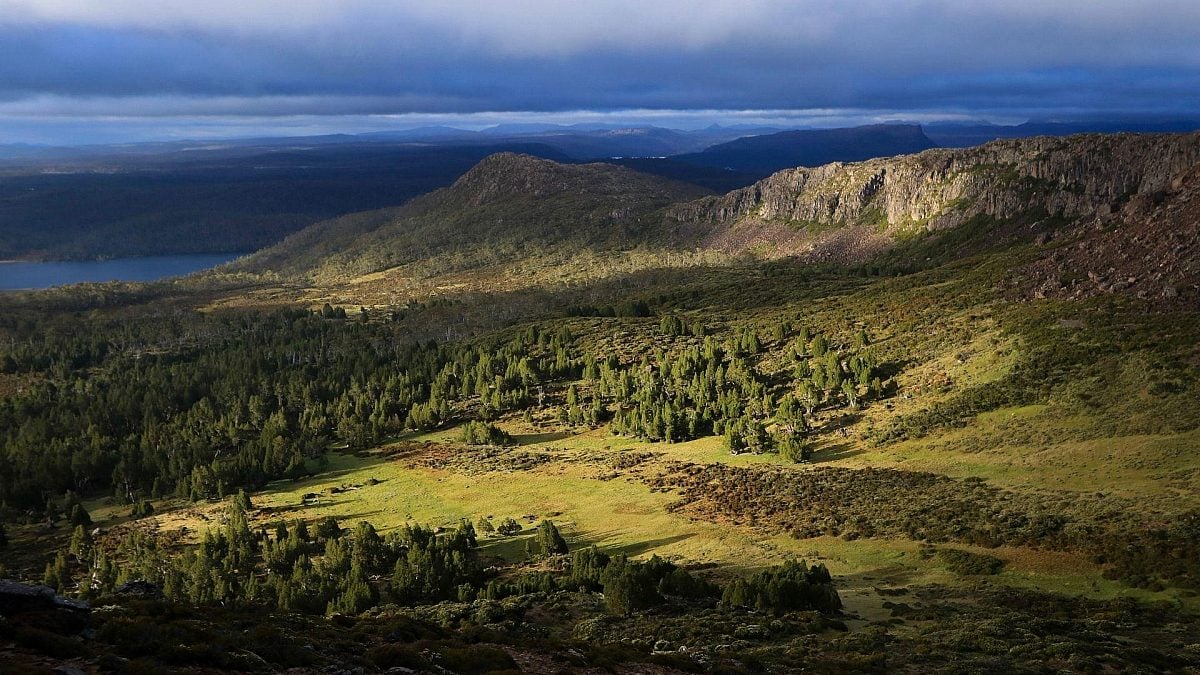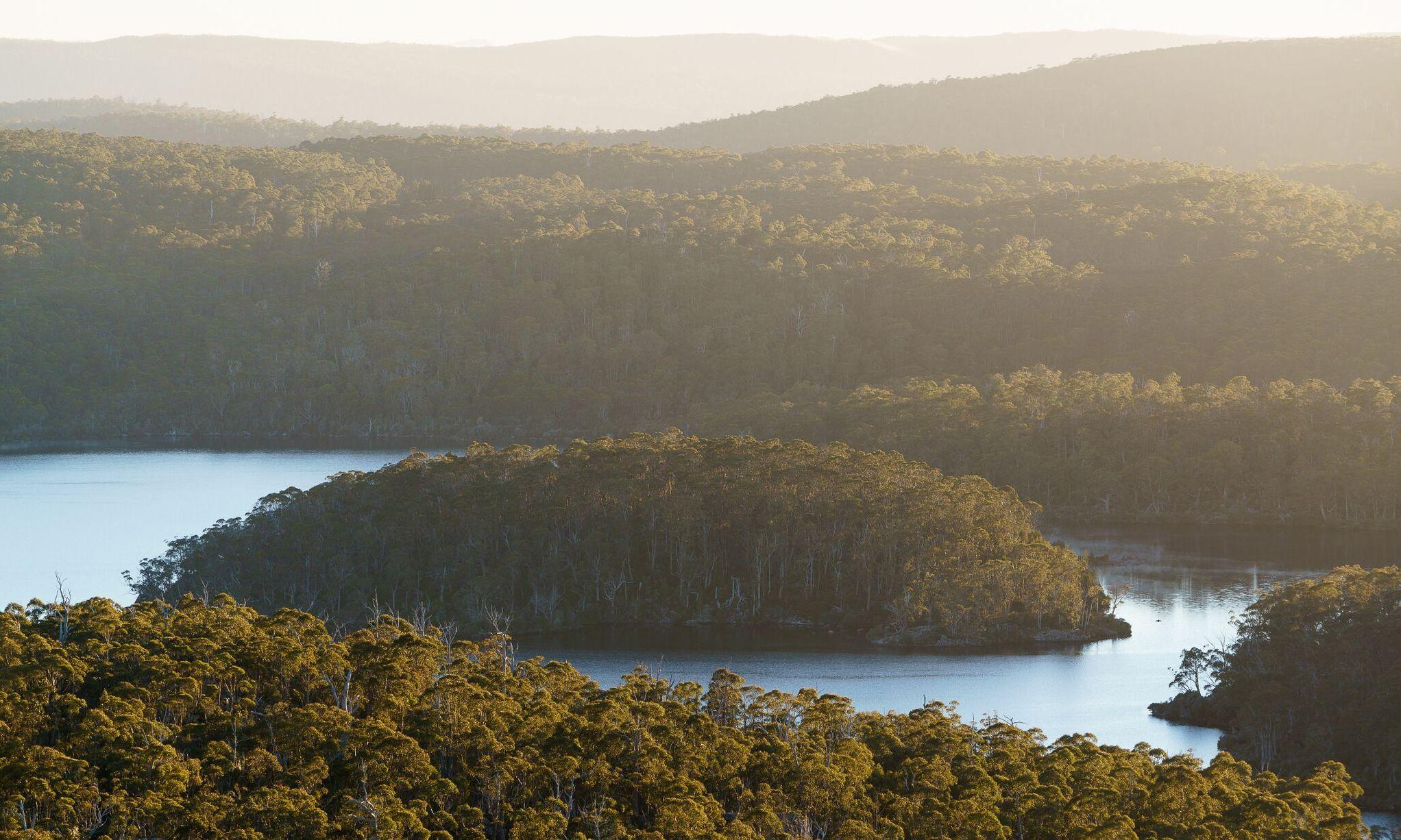
Wilderness World Heritage Area’s Tourism Master Plan
It does nothing to stop parks privatisation
The Tourism Master Plan has been released—it looks pretty, says some nice things but is completely divorced from reality—and is non-statutory and non-binding.
Earlier this week, the Tasmanian Government released a Tourism Master Plan for the Tasmanian Wilderness World Heritage Area (TWWHA)—six years after it began the parks privatisation push.
The new Master Plan for the TWWHA has far reaching consequences for the privatisation and use of our national parks, including Halls Island on Lake Malbena in the Walls of Jerusalem National Park. We’ve been campaigning to stop the development of Halls Island into a luxury, helicopter-accessed tourism destination.
Image above: Walls of Jerusalem National Park. Jimmy Cordwell.

The Master Plan was released by the new Minister for Parks, Jacquie Petrusma (The Minister for Tourism, Peter Gutwein, was curiously absent).
The creation of the Master Plan was one of the recommendations of the joint 2015 IUCN/ICOMOS Reactive Monitoring Mission to Tasmania that resulted from concerns the World Heritage Committee had about the then-draft TWWHA Management Plan.
The Master Plan looks beautiful, says lots of nice-sounding things but is completely divorced from reality. Here’s some of our problems with it:
- It’s not retrospective and so won’t apply to any of the current EOI tourism proposals.
- Unlike the Management Plan, it’s non-statutory and non-binding.
- The Tourism Master Plan talks about respecting the palawa-pakana peoples and yet the island’s First Peoples were ignored in their opposition to the Lake Malbena proposal, including the Tasmanian Aboriginal Heritage Council. (As were the non-Aboriginal bodies, the Australian Heritage Council and the National Parks and Wildlife Advisory Council.)
- The Plan and Minister Petrusma talk extensively about sensitive and sustainable development yet two wilderness impact assessments, including one by the Parks and Wildlife Service, show that, if the Lake Malbena proposal proceeds, about 5,000ha of World Heritage wilderness would be degraded.
- A commitment that the Parks and Wildlife Service would monitor wilderness impacts to ensure “no net loss” of wilderness featured in the draft plan was removed from the final plan.
- The plan talks up regional communities but it’s regional communities who oppose parks privatisation, not least because they are the ones being excluded from their national parks. (When Central Highlands Council decided the Lake Malbena proposal shouldn’t proceed, the Tasmanian Government joined with the proponent to seek to overrule the Council’s decision. That’s what the Tasmanian Government thinks of regional communities).
- The Tourism Master Plan talks about the growing importance of tranquility and that noise pollution outside the World Heritage Area will increase but this is written next to a photograph of a helicopter. At the same time, the government is supporting at least one and possibly more helicopter tourism proposals inside the World Heritage Area.
You can read our media release, “Tourism master plan waters down the protection of wilderness values”.
In short, the Master Plan does nothing to stop the continued push to privatise the island’s national parks.
If the state government is serious about lutruwita/Tasmania being a global ecotourism destination, it needs to stop privatising national parks and start listening to the vast majority of people who oppose it.